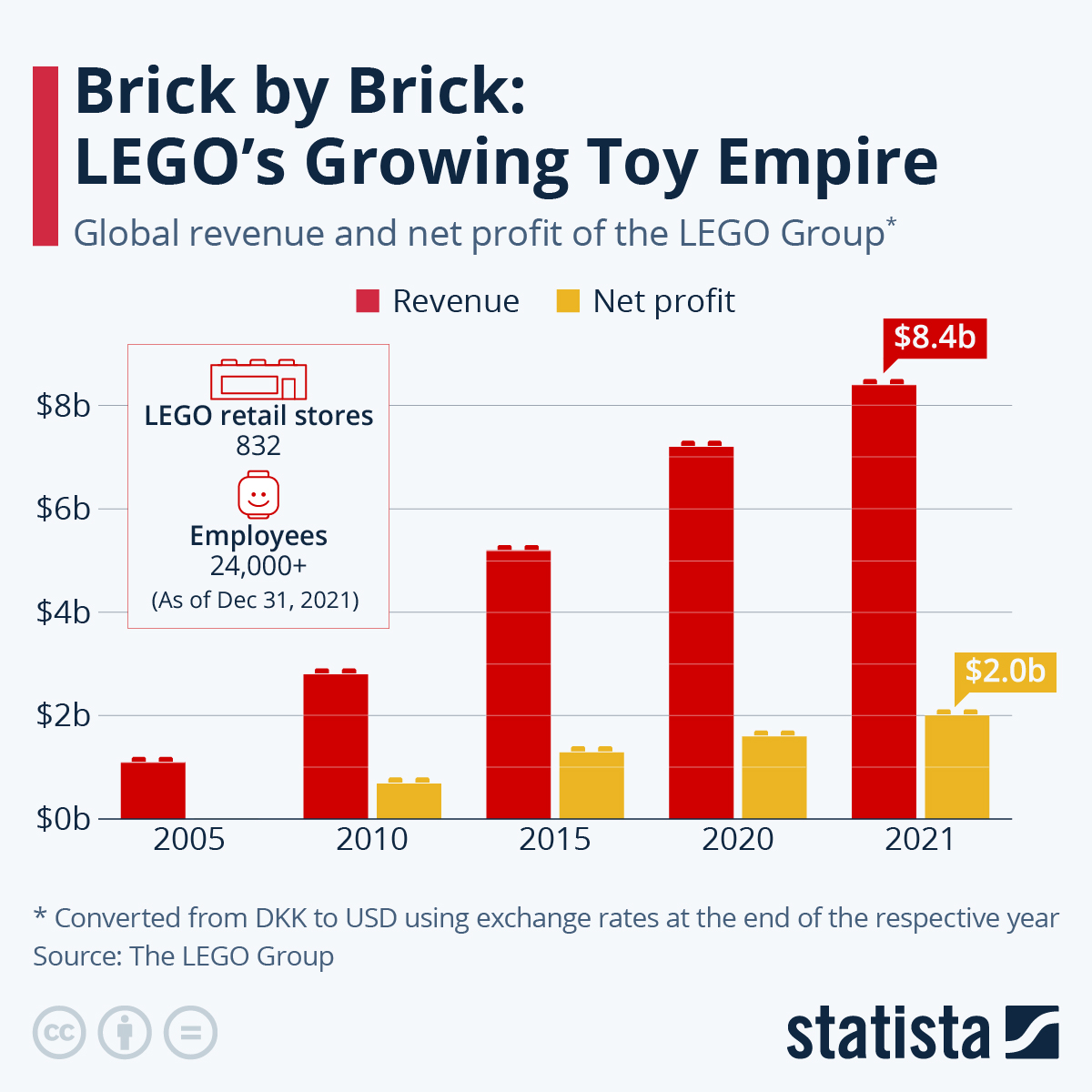

PROFIT FIRST PERCENTAGES FREE
For example, in order to calculate free cash flow to firm (FCFF) or economic free cash flow to firm, you need to first determine the net profit after tax. Net profit after tax can be beneficial to know if you're looking to complete other calculations.
PROFIT FIRST PERCENTAGES HOW TO
Related: What Are Retained Earnings? (Plus How To Calculate Them) Other calculations However, it's important to be cautious because some investors may view dividend payouts as a sign that the organization has few to no positive net present value projects in its pipeline. Dividends may attract investors for equity ownership if they value cash flows more than they value growth prospects. A higher net income after tax may suggest higher dividends, indicating the organization is performing well. Tips for using net profit after taxĬonsider these ways you can use net profit after tax to maximize its function within your organization: Dividendsĭividends refer to the amount of money paid to shareholders. To determine the net profit after tax, they multiply $15,000 by 0.70 for a total of $10,500. The accountant then converts the tax rate into a decimal, making it 0.30, and then subtracts it from one for a result of 0.70. To calculate the net profit after tax, their accountant determines the operating income by subtracting the operating expenses from the gross profits for a total of $15,000. In one month, Cooper Printing Company earns $20,000 in gross profits but has $5,000 of operating expenses and a tax rate of 30%. Use this example as a reference to help you understand how to calculate net profit after tax:
PROFIT FIRST PERCENTAGES PLUS
Related: How To Calculate Net Income: Formula Plus Examples Example of calculating net profit after tax: Organizations may also refer to this as net income after tax if it doesn't have any debt. For example, if the operating income is $10,000 and the result of the tax rate equation is 0.50, the net profit after tax is $5,000. Multiply the two items together, and the result is the net profit after tax. Calculate net profit after taxĬalculating net profit after tax involves using operating income and the result of your tax rate equation.

For example, if a tax rate is 20%, it will become 0.20, then you will subtract it from one for a result of 0.80. Once you have a decimal, subtract the decimal from one. Change it from a percentage to a decimal point by dividing it by 100. It's important to convert the tax rate into a format you can use for the calculation. Operating income = gross profits - operating expenses 3. Here's the formula to use when calculating operating income: This involves the gross profits and operating expenses.

Net profit after tax requires knowing the operating income. Most information should be available in your organization's records. This includes the organization's tax rate and the gross profits and operating expenses for the time period. Gather informationīegin by gathering the information you'll need to calculate the net profit after tax. Here are the step to follow to calculate net profit after tax: 1. Related: How To Calculate Value Added (With Examples) How to calculate net profit after tax This may help evaluate the organization's growth and cash flow potential without debt. Similarly, analysts may use net profit after tax to complete other cash flow calculations. As a hybrid calculation, it may provide insight into the company's performance and operation efficiency without the influence of leverage. Organizations often use net profit after tax with economic value added (EVA). Net profit after tax excludes these one-time charges because they don't provide an accurate representation of the organization's true profitability. It excludes the tax savings an organization may receive because of its existing debt, and it also excludes one-time losses or charges, such as charges related to an acquisition. It represents how well an organization's core operations performed net of profit. Net profit after tax, or net operating profit after tax (NOPAT), is a financial measurement. In this article, we define what net profit after tax is, outline the steps for calculating net profit after tax, provide an example calculation and list other ways to use this financial measurement.

Financial measurements like net profit after tax provide an easy-to-understand way to evaluate an organization's profits within a specific time period. However, certain factors, such as taxes, debts and expenses, may affect how their profits appear. It's essential for organizations to monitor their profits to evaluate their success and potential for growth.


 0 kommentar(er)
0 kommentar(er)
